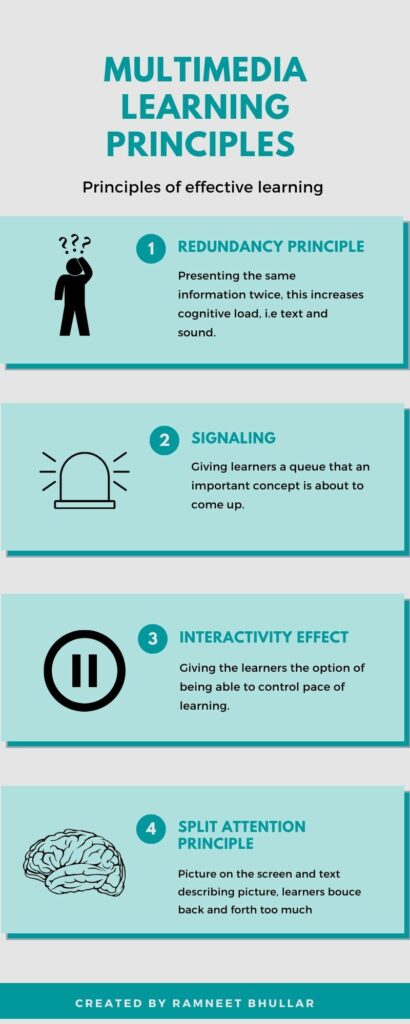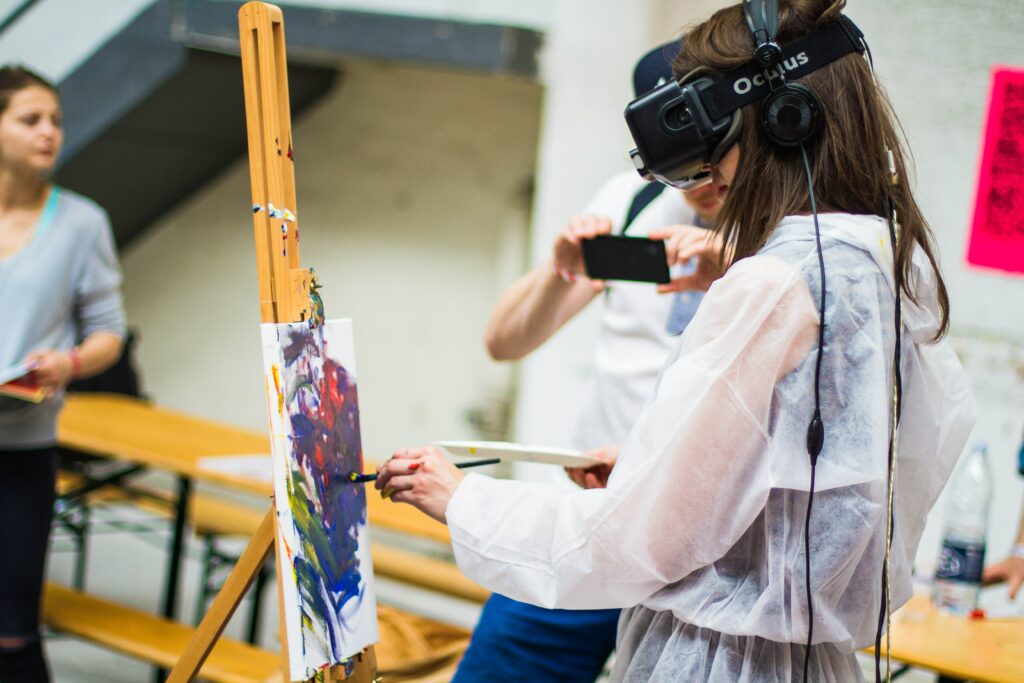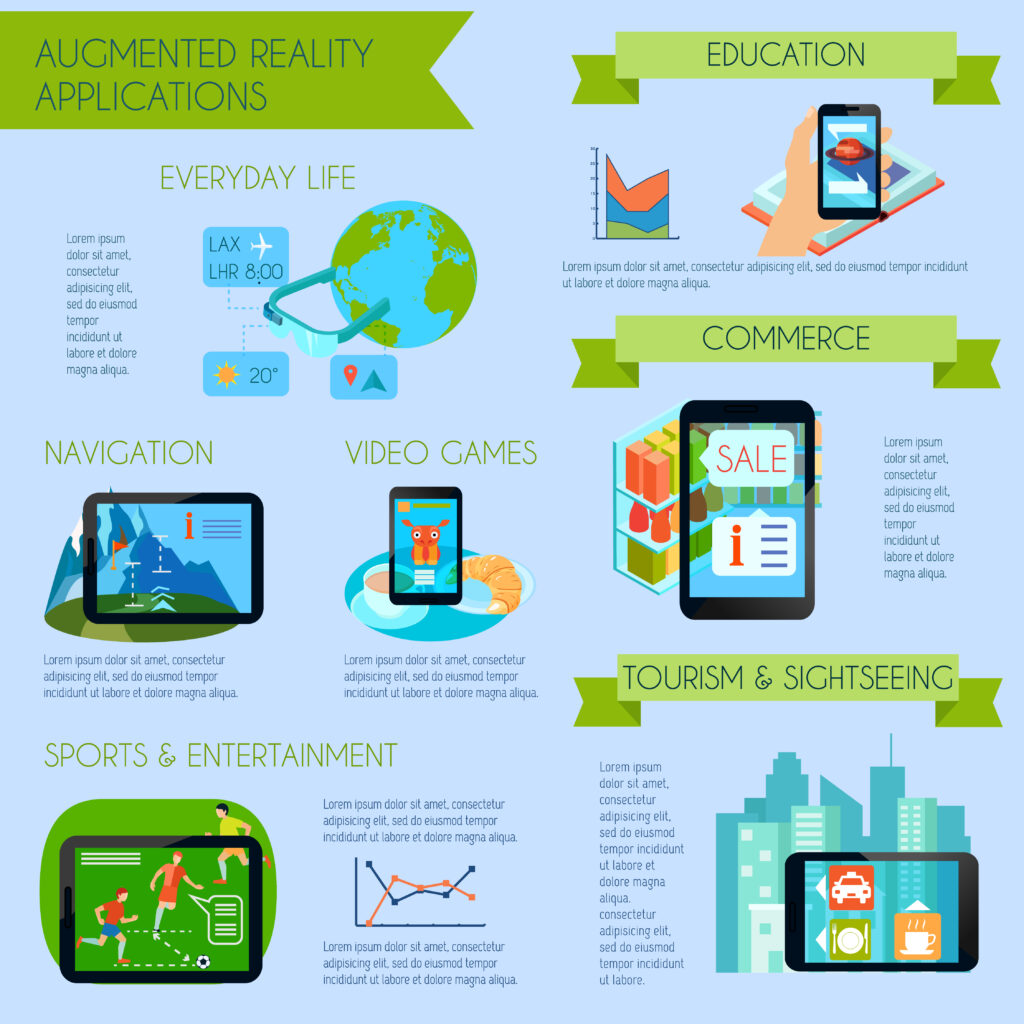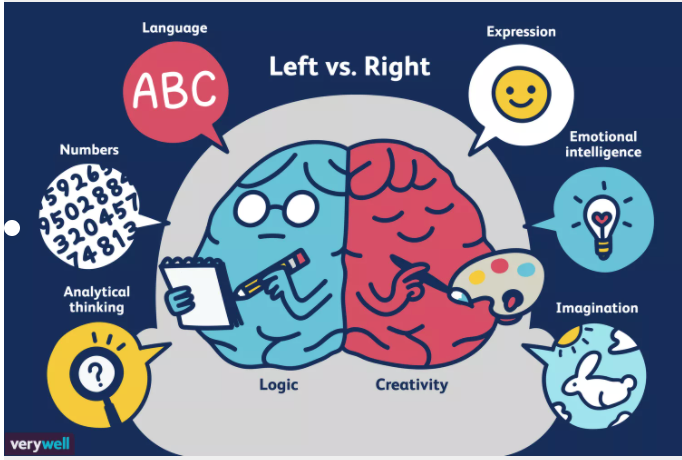
I can clearly remember the hustle and bustle of games like Kahoot, Duolingo, and Quizlet being essential parts of my high school experience. Incorporating these elements create a collaborative and interpretative way to engage students outside of a traditional lecture style classroom. While online tools like Kahoot and Duolingo are beneficial with memorization, it is more effective to find other methods to incorporate game-based learning into the classroom setting.

An example of gamification in the classroom environment that still resonates with me today is our Café conservation during my French lessons in high school. This game entails students rotating pods and discussion topics in French, each pod was given 5 minutes to discuss the topic before they rotated. This was one of the most effective tools for me in becoming comfortable with my verbal speech in French and created a social atmosphere.

Another example that resonated with me were mock trails during my Law class in high school. This was a collaborative way in which students were able to research cases, construct an argument using the theories learned in class, and put the work into practice themselves while also observing the structure of a court room.
The experiences of Gamifying/ or adding game-based learning into classrooms helps translates in classroom learning with out of classroom learning, these experiences are what most stick with students.









